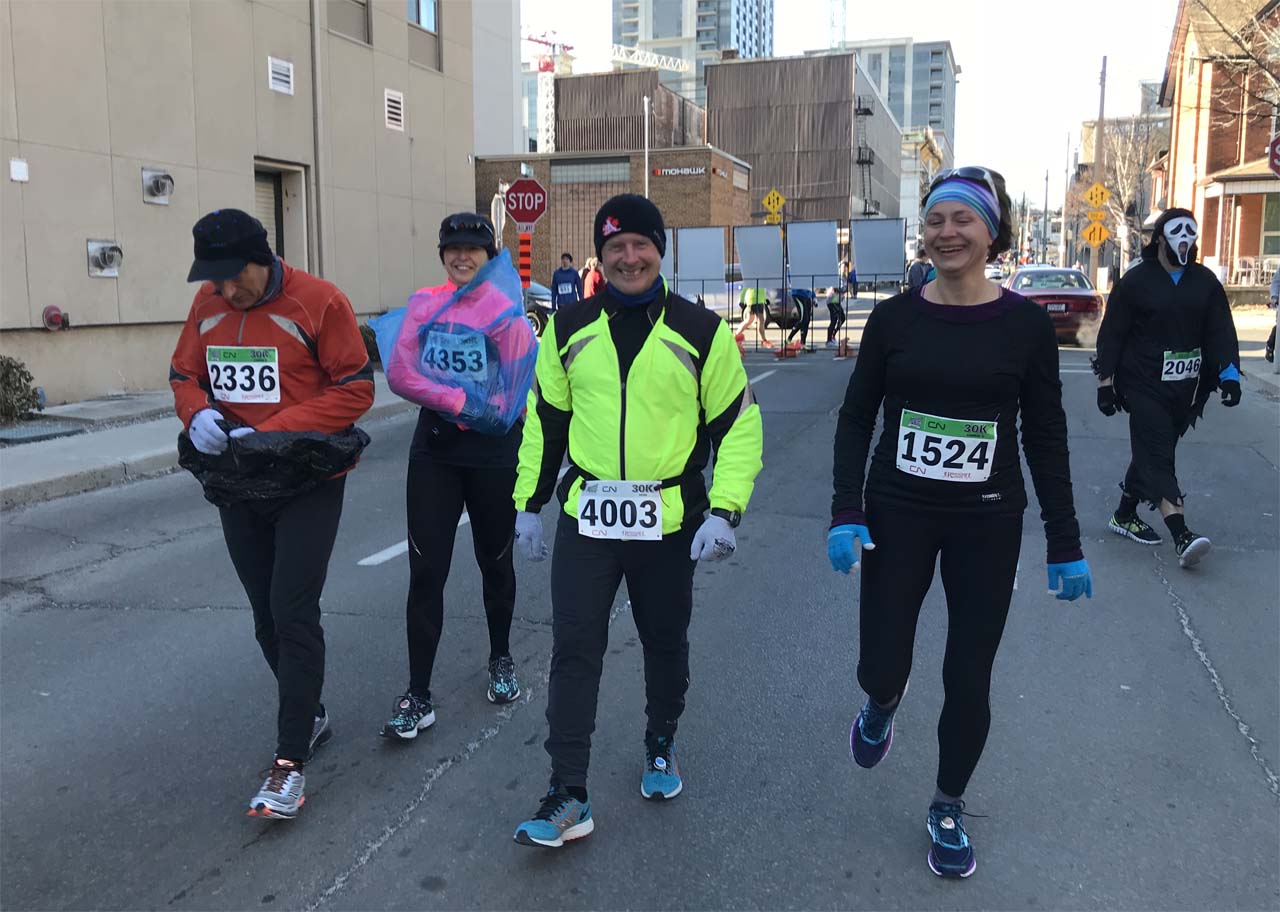Hearts
Get 'Younger,' Even At Middle Age, With Exercise
March 12, 20185:00 AM ET
Heard
on Morning Edition
Eventually it happens
to everyone. As we age, even if we're healthy, the heart
becomes less flexible, more stiff and just isn't as
efficient in processing oxygen as it used to be. In
most people the first signs show up in the 50s or early
60s. And among people who don't exercise, the underlying
changes can start even sooner.
"The heart gets smaller — stiffer,"
says Dr. Ben Levine, a sports cardiologist at University
of Texas Southwestern Medical Center and director of
the Institute for Exercise and Environmental Medicine
at Texas Health Presbyterian Hospital, in Dallas. Think
of the heart muscle as a rubber band, Levine says. In
the beginning, the rubber band is flexible and pliable.
But put it in a drawer for 20 years and it will emerge
dry and brittle. "That's what happens to the heart
and blood vessels," he says. And down the road,
that sort of stiffness can get worse, he notes, leading
to the breathlessness and other symptoms of heart failure,
an inability of the heart to effectively pump blood
to the lungs or throughout the body.
Fortunately for those in midlife, Levine is finding
that even if you haven't been an avid exerciser, getting
in shape now may head off that decline and help restore
your aging heart. He and his colleagues published their
recent findings in the American Heart Association's
journal, Circulation. The research team recruited individuals
between the ages of 45 and 64 who were mostly sedentary
but otherwise healthy. Dallas resident Mae Onsry, an
accounts payable manager, was 62 at the time. Raising
two children and working full time, she says, she never
had the flexibility to fit in exercise, although she
knew it was important for her health.
"I have my hobbies," says Onsry, including
ballroom dancing and gardening. But it was nothing routine,
nothing "disciplined," she says. So when she
saw a flyer about Levine's study, she signed up —
along with 52 other volunteers — for a two-year
study.
Participants were randomly
assigned to one of two groups. The first group engaged
in a program of nonaerobic exercise — basic yoga,
balance training and weight training — three times
a week. The other group, which Onsry was in, was assigned
a trainer and did moderate- to high-intensity aerobic
exercise for four or more days a week. After two years,
the group doing the higher-intensity exercise saw dramatic
improvements in heart health.
"We took these 50-year-old
hearts and turned the clock back to 30- or 35-year-old
hearts," says Levine. Their hearts processed oxygen
more efficiently and were notably less stiff. "And
the reason they got so much stronger and fitter,"
he says, "was because their hearts could now fill
a lot better and pump a lot more blood during exercise."
The hearts of those engaged in less intense routines
didn't change, he says.
A key part of the effective exercise regimen was interval
training, Levine says — short bursts of high-intensity
exercise followed by a few minutes of rest. The study
incorporated what are often referred to as 4x4 intervals.
"It's an old Norwegian ski team workout,"
Levine explains. "It means four minutes at 95 percent
of your maximal ability, followed by three minutes of
active recovery, repeated four times." Pushing
as hard as you can for four minutes stresses the heart,
he explains, and forces it to function more efficiently.
Repeating the intervals helps strengthen both the heart
and the circulatory system.
"The sweet spot in life to get off the couch and
start exercising [if you haven't already] is in late
middle age when the heart still has plasticity,"
Levine says. You may not be able to reverse the aging
of the vessels if you wait.
"We put healthy 70-year-olds
through a yearlong exercise training program, and nothing
happened to them at all," Levine says. "We
could not change the structure of their heart and blood
vessels." Anyone considering beginning this, or
a similarly strenuous exercise program, Levine says,
should check with a doctor first and ask about individual
health issues that might warrant a less intense program
initially.
For Onsry, who is now
65, the study was life changing. Today she exercises
every day of the week, walking and jogging at least
5 miles around the lake near her home. If she misses
a day, she says, she just doesn't feel as good physically.
And the regimen has helped her mental health, too. "I'm
not moody," she says. "I mean — I'm
happy."
Dr. Nieca Goldberg, a
cardiologist and medical director of the Joan H. Tisch
Center for Women's Health at NYU Langone Medical Center,
and a spokeswoman for the American Heart Association,
says Levine's research is important. "Many studies
that are done that look at [cardiovascular] health look
at improvements in risk factors like high blood pressure,
cholesterol and diabetes," Goldberg says. "But
this study specifically looked at heart function —
and how heart function can improve with exercise."
Goldberg says the findings are a great start. But the
study was small and needs to be repeated with far larger
groups of people to determine exactly which aspects
of an exercise routine make the biggest difference. |


















